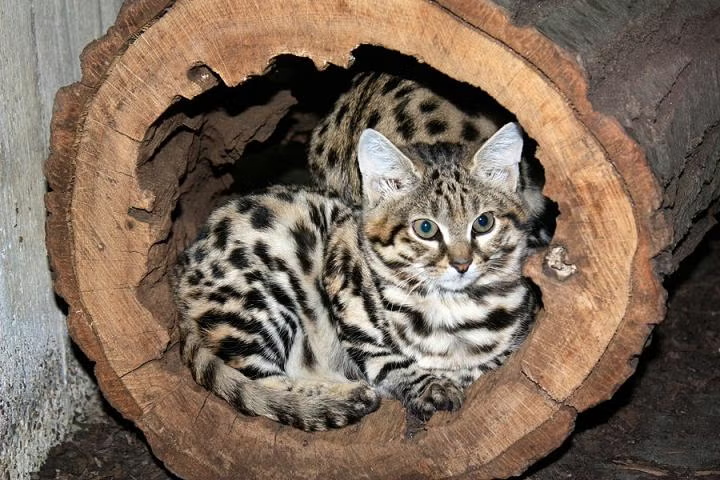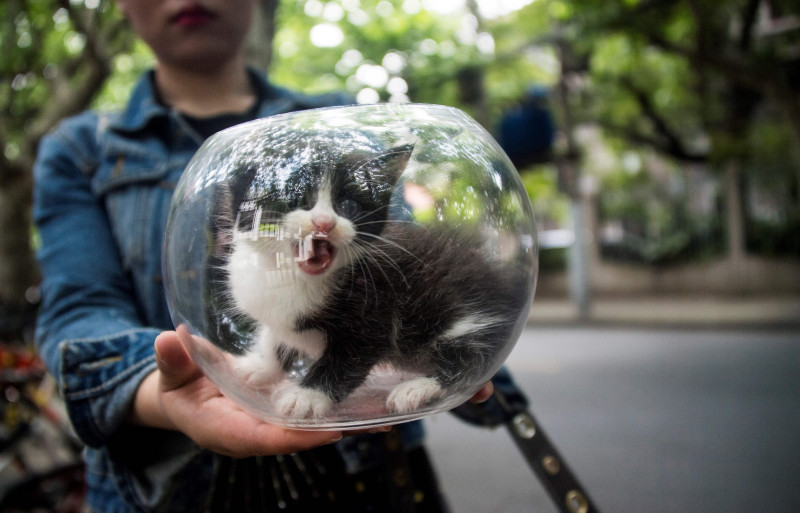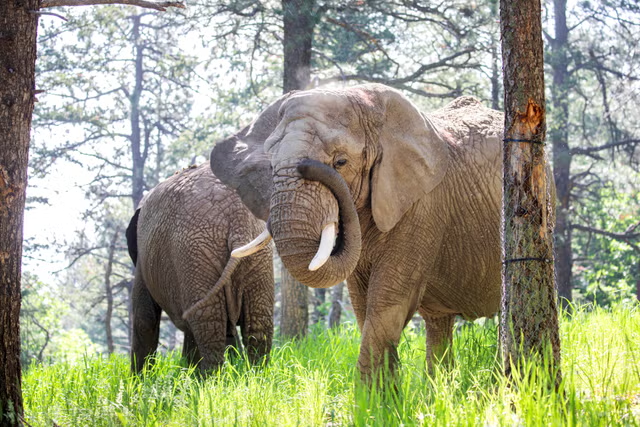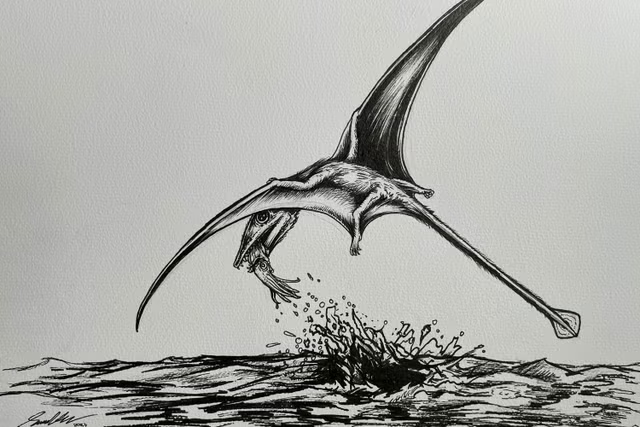Your support helps us to tell the story
Support NowThis election is still a dead heat, according to most polls. In a fight with such wafer-thin margins, we need reporters on the ground talking to the people Trump and Harris are courting. Your support allows us to keep sending journalists to the story.
The Independent is trusted by 27 million Americans from across the entire political spectrum every month. Unlike many other quality news outlets, we choose not to lock you out of our reporting and analysis with paywalls. But quality journalism must still be paid for.
Help us keep bring these critical stories to light. Your support makes all the difference.
Cats are able to utilise an unusual awareness of their own body shape and size to fit into the tightest of spaces, scientists say, after conducting a study into how felines are effectively able to behave like liquid.
Several animals are known to make decisions about their passability through spaces based on knowledge of their size and shape.
But the role played by this self-awareness in allowing cats to fit into spaces hasn’t been tested before, animal behaviour scientist Peter Pongracz from Hungary’s Eötvös Loránd University said.

Cats show a remarkable range of cognitive abilities. They follow human signals to find food, for example, respond to cues and act on cat-directed speech.
In his new study, published in the journal iScience, Dr Pongracz assessed how 30 cats fit into incrementally decreasing openings that had either the same height or the same width.
He used a similar setup to the one employed recently to test this behaviour in dogs.
“While dogs slowed down and hesitated before they attempted to use an uncomfortably small opening, in the case of cats we did not detect this change in their behaviour before their attempt to go through even the narrowest openings,” he said.
The cats “jumping over” was considered as their refusal to use the opening.

The cats did, however, slow down before passing through the shortest of the narrow openings. The felines seemed to assess their own anatomical features, following a cautious strategy when navigating these spaces. They also readily opted for a trial-and-error method to negotiate narrow apertures.
“Cats probably did not make detectable a priori size-based decisions when they approached narrow but comfortably tall openings, even if these were narrower than the chest width of the cat,” Dr Pongracz said.
In the case of the smallest, uncomfortably short opening, the cats seemed to rely on their “body-size representing capacity” to go through, the ethologist noted.
As the openings became shorter than their height at the withers, the cats hesitated approaching them.
“This indicates that for cats, the vertical and horizontal dimensions of an aperture represent different importance,” Dr Pongracz said.
“Cats are almost liquid! Cats selectively rely on body size awareness when negotiating short openings.”
The study raises several questions, such as why cats choose a trial-and-error strategy for tall but narrow apertures. It’s also unknown why they hesitate and seemingly rely on their body-size awareness to navigate the shortest openings.
The research also puts in doubt the assumption that cats may slow down to use their whiskers to assess the suitability of the narrowest openings.
Dr Pongracz hopes to test further whether cats rely on other forms of body awareness like their weight in similar challenging spatial tasks.
Disclaimer: The copyright of this article belongs to the original author. Reposting this article is solely for the purpose of information dissemination and does not constitute any investment advice. If there is any infringement, please contact us immediately. We will make corrections or deletions as necessary. Thank you.



